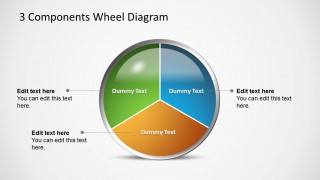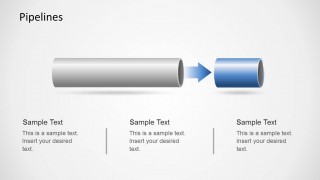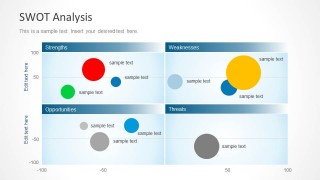Learn more how to embed presentation in WordPress
- Slides
- 6 slides
Published Jan 18, 2013 in
Lifestyle
Direct Link :
Copy and paste the code below into your blog post or website
Copy URL
Embed into WordPress (learn more)
Comments
Presentation Slides & Transcript
Presentation Slides & Transcript
The Growing Popularity of Hydroponic Indoor Gardens
Hydroponic gardens are becoming increasingly popular with the home gardening enthusiast. The art of growing plants in a controlled indoor environment is as old as greenhouses, but hydroponics and LED grow Lights have added pure science to the mix.
The term hydroponics was coined in the 1930s during a period extensive agriculture research. Scientists were testing the viability of using nutrient solutions and soil-less growing methods for large-scale indoor crop production.
Local garden centers should have everything the private enthusiast would need to create their own home hydroponic garden, from complete systems to components, supplies and advice. The basics are easy to master, and a passive home hydroponic system can be created without the need to buy a lot of expensive equipment.
Hydroponics has come a long way since then. Advances in chemical science have resulted in the development of nearly fail-safe nutrient solution formulas that practically guarantee crop yields, and the advent of plastics technology vastly reduced costs and increased efficiency. Today commercially grown hydroponic crops can be found in every supermarket, and as knowledge of the technology spreads, more home gardening enthusiasts are trying their hands at creating a home hydroponic garden.
In a passive hydroponic system the nutrient solution does not have to be constantly circulated as in more sophisticated set ups. All that is needed is a closed container to house the nutrient solution, a means of suspending the plants and root systems within the container and a small aeration pump, such as an aquarium pump, to keep the nutrient solution oxygenated. In most systems the root mass of the plant is supported in an inert and integrated medium.
This can be anything from perlite to sterilized gravel or sand to rockwool to various synthetics. Inventive improvisers have even used old nylons to suspend plants in a hydroponic system.
The first key is to suspend the root mass just above the surface of the nutrient solution and to keep the humidity levels within the closed nutrient container at or near 100 percent. The roots will grow out of the integrated suspension material to reach the nutrient solution, but require near absolute humidity levels to do so.
The second key essential is to use a precisely mixed nutrient solution. Experienced hydroponic gardeners often mix their own formulas, but for the beginner it’s often best to use a prepared mix available at most garden supply centers.
The third key essential is air. The nutrient solution must be kept oxygenated and circulated or it can become contaminated by algae and kill the plants it is supposed to nurture.
The fourth essential key is light. Healthy plants need light of sufficient intensity and spectral bandwidth to achieve photosynthesis. The use of bulky and power-hungry gas-discharge lamps have traditionally been used for indoor growing applications, but today technology has come to the rescue again and the home gardener has access to LED grow lights.
Modern LED grow lights are powerful enough to provide light of the proper intensity and spectrum for healthy plant growth, and use a fraction of the energy of traditional grow light systems.
For More Information visit
http://www.advancedledlights.com






